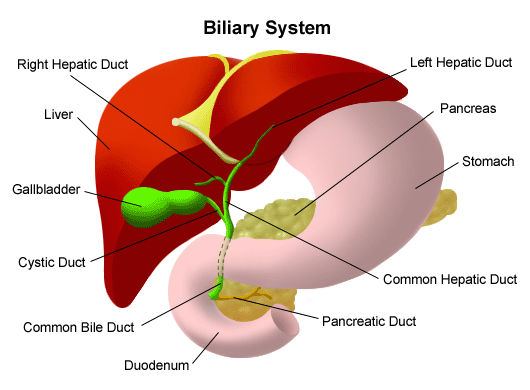What is Biliary Atresia?

When a baby has biliary atresia, bile flow from the liver to the gallbladder is blocked. This causes the bile to be trapped inside the liver, quickly causing damage and scarring of the liver cells (cirrhosis). This eventually leads to liver failure.
Biliary atresia is the most common reason for liver transplantation in children in the U.S. Eighty-five percent of all children who have biliary atresia will need to have a liver transplant before they are 20 years old.
Survival after surgery has increased dramatically in recent years. Children with biliary atresia who have a liver transplant tend to do very well. Advances in treatment allow the option of using a piece of an adult liver for transplant in a child with biliary atresia.
As a result, parents or other relatives of children with biliary atresia may now be considered potential donors. This option can dramatically reduce a child’s time on the transplant waiting list.
Children with biliary atresia who do not need a liver transplant have some degree of liver disease. Their disease can be managed in other ways.
Product Categories
With A Cause
- Quick View
- Select options This product has multiple variants. The options may be chosen on the product page
- Quick View
- Select options This product has multiple variants. The options may be chosen on the product page
- Quick View
- Select options This product has multiple variants. The options may be chosen on the product page




